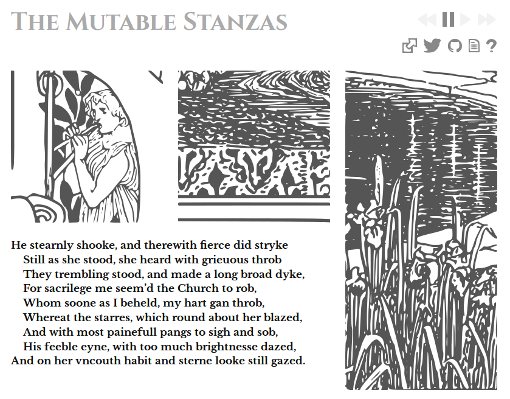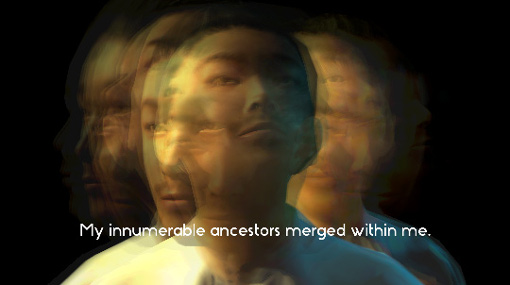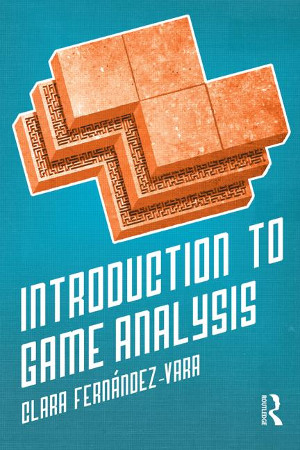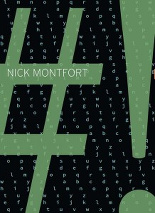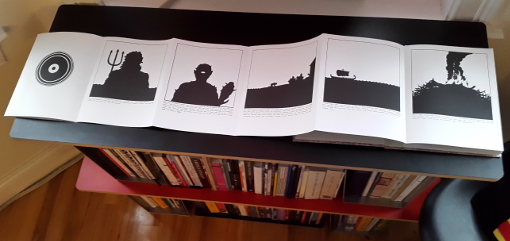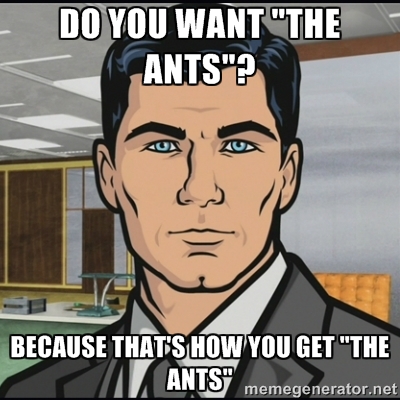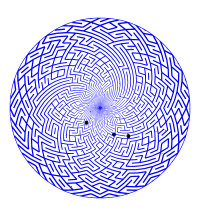 Exciting news for Polish-readers (and, I think, others): The new issue of Techsty, number 9, is out. You might think that a “Techsty” is just a place where infopigs like me live, but it’s actually a long-running site (since 2001) on digital literature, with an esteemed journal that has been published since 2003.
Exciting news for Polish-readers (and, I think, others): The new issue of Techsty, number 9, is out. You might think that a “Techsty” is just a place where infopigs like me live, but it’s actually a long-running site (since 2001) on digital literature, with an esteemed journal that has been published since 2003.
The current issue includes translations of articles by Robert Coover and Brain McHale, an article by Seweryna Wysłouch, and a special section on an audacious project. This is the translation of Sea and Spar Between, by Nick Montfort and Stephanie Strickland, which is a fairly extensive special-purpose poetry generator that is fair entwined with the English language (as well the specific authors from whom it draws: Emily Dickinson and Herman Melville). Not only did the two translators tackle the difficult and in fact unprecedented task of translating the underlying system to Polish, so that the program generates stanzas in that language; they also translated our comments from the “cut to fit the toolspun course” edition of the work. I hope this will invite remixing and code re-use in Polish as well as helping to improve the understanding of our project and our collaboration. Monika Górska-Olesińska also has an article on Stephanie Strickland’s work, with a photo of Stephanie reading just a few days ago at the ELO conference.
Piotr Marecki also translated my short generator Lede for the issue. (Amusingly enough, the translated title is the more conventional and seemingly more properly-spelled English word “Lead.”) It has some aspects of cultural translation – absurd figures from Polish culture are substituted for some of the ones I included from my American perspective.
The only mistake I see in the Sea and Spar Between items is that it’s hard (for me, at least, not being a reader of the language) to determine who did the translation of both the poem generator and the comments: Monika Górska-Olesińska and Mariusz Pisarski, who are attributed atop the commented code but not, for instance, here on the Polish “How to Read” page. In digital literature, there generally is no system for buying rights and recruiting and paying translators for their work – just as there is no system for doing this for authors. So the least we can do is to properly credit those who work to develop new programs and cybertexts, whether they are based on earlier ones in other languages or not.
The final article I’ll note is an interview, I think one that’s very kind to me and my lab, The Trope Tank, by Piotr Marecki, who was a postdoc here this past year. Here’s what the Googly Intelligence translates this interview as.
There’s a great deal more in the issue, and I suggest those interested in digital literature, even if not literate in Polish, take at least a quick look using your favorite “translation goggles.” There are some good English-language journals on electronic literature, but I think English-speakers could learn a good deal from this effort, which publishes critical writing (including some in translation) and creative work and also undertakes extensive translation projects.


